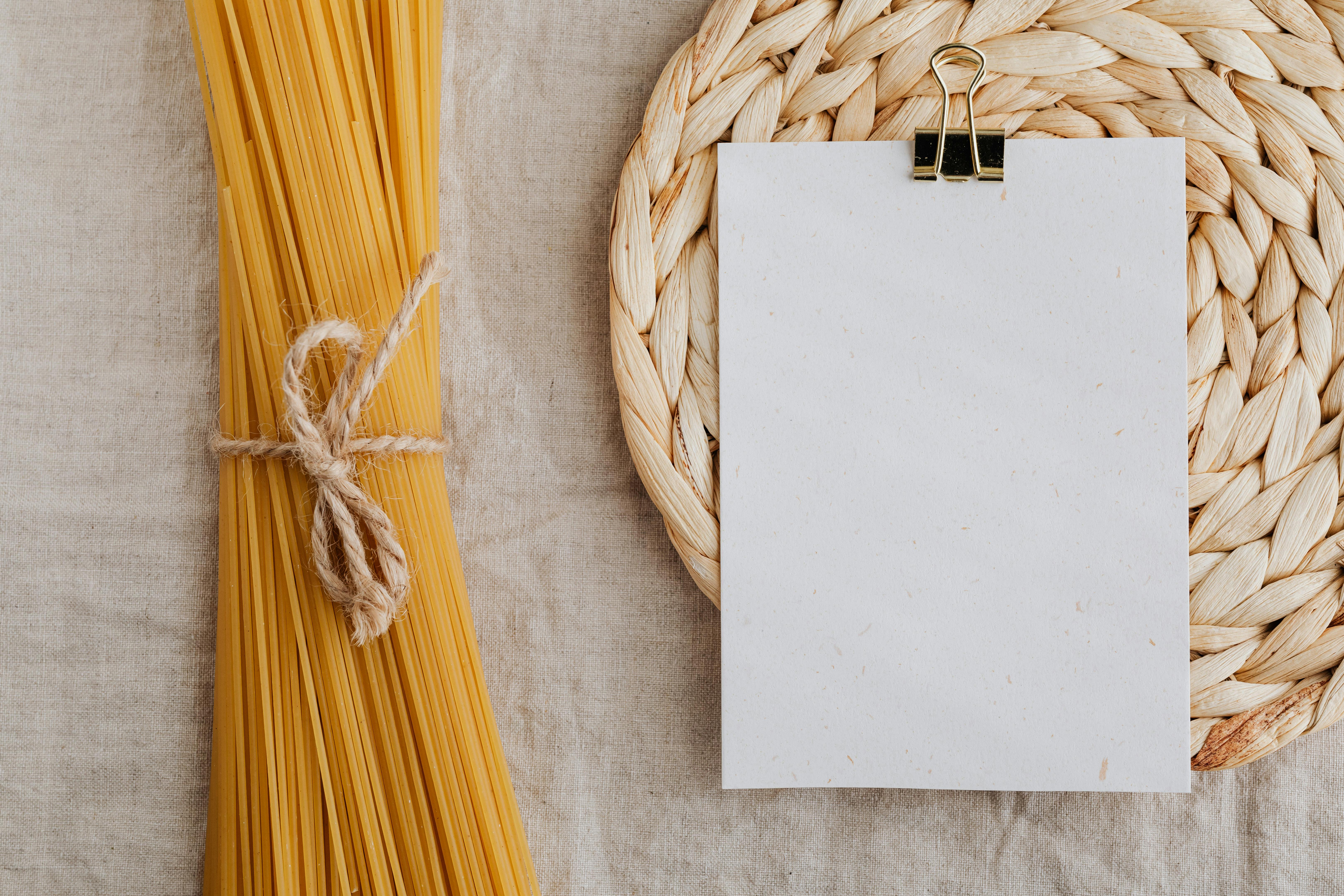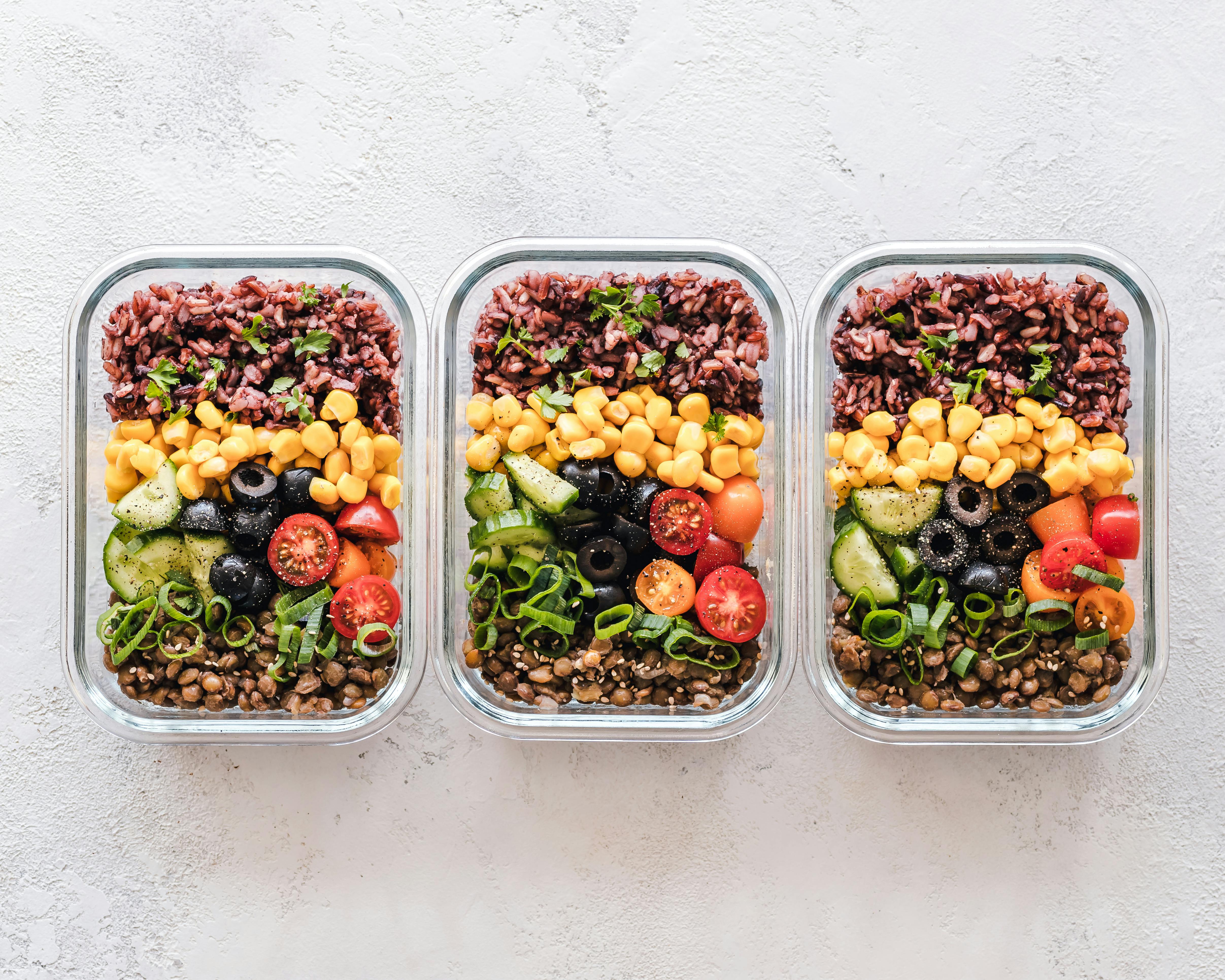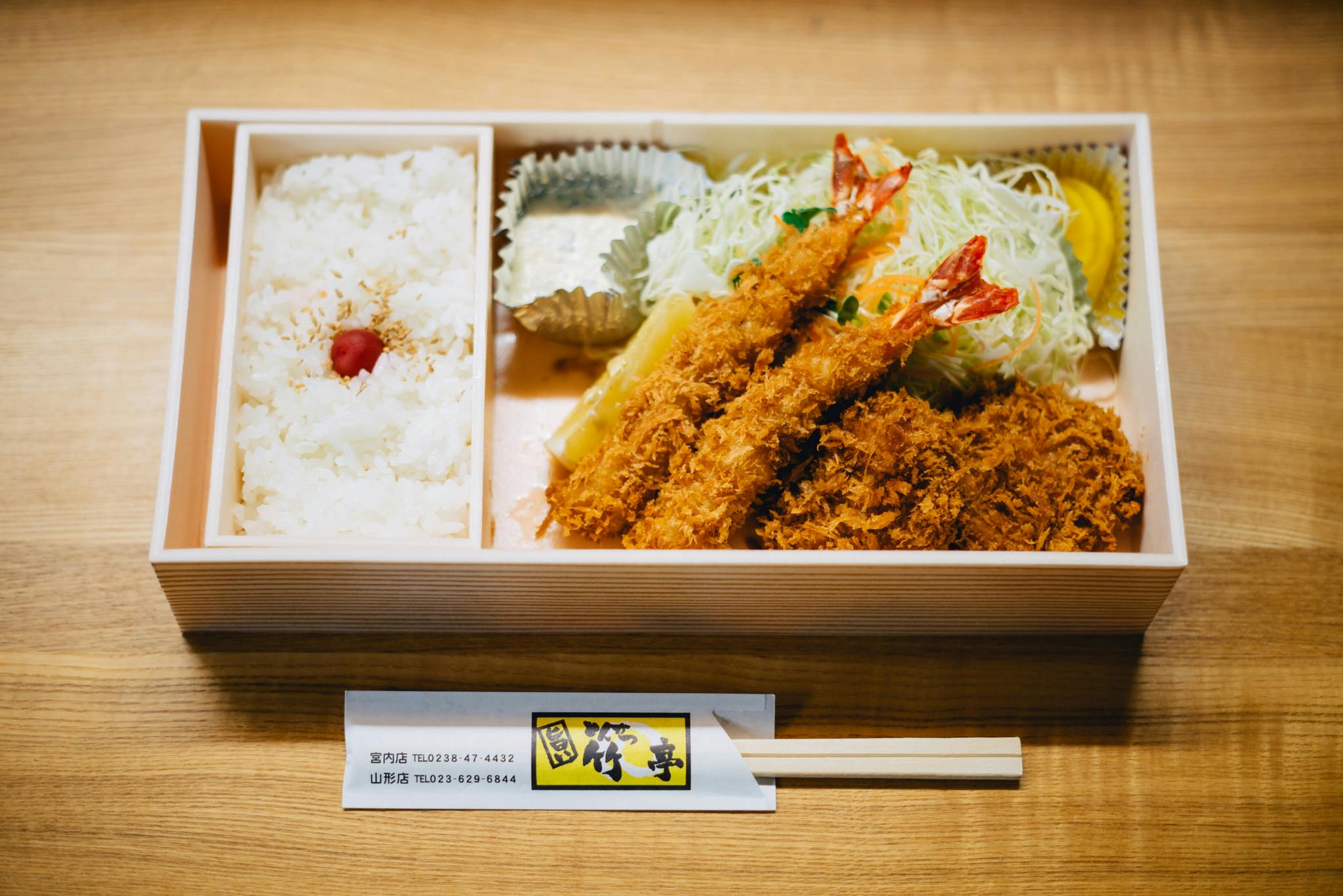You’ve decided you need a really strong folder and you want to use pressboard folders for your files. This is the easy step. Now you need to decide which type of pressboard folder to choose.
Pressboard paper is the type of paper these folders are made from and is available in a variety of colors and styles. FiberMark is one of the leading manufacturers of pressboard paper. Basically, they take recycled pulp board and press it (multi-layer construction) to form pressboard paper. A folder can be said to be made of pressboard when it resembles thick cardboard. A lighter weight folder is usually made from Manila or Kraft paper.
Pressboard paper uses two measurements to help determine the durability and thickness of the paper. The first measurement is the Paper Type. The highest quality has the lowest type number. The second measurement is the weight which is called “point”. The thickest paper measures the highest point. (The paper you use in a copier, printer, etc. is measured in “pounds”).
The type of binder is determined by the quality of the ingredients along with the manufacturing process. Pressboard manufactured to be used for folders is available in Type III, Type II or Type I. I have explained the different types below.
A) Type III (25 points)
-Type III pressboard is the least expensive of the pressboard types. It is considered low density and has a slightly rough appearance. This is the most commonly used type of pressboard folder because it gains the advantages of superior durability over Manila or Kraft folders along with lower cost than Type II and Type I. Another advantage is that Type III is Available in more than 9 colors. If you’re trying to get the folder color to designate something, additional color options would be helpful.
-One disadvantage of Type III over Manila or Kraft is that because the folders are thicker, they take up additional filing inches.
B) Type II (25 points)
-Type II pressboard is more expensive than type III. It is considered medium density and has a smoother appearance than Type III. It’s hard to tell the difference between the two types just by looking at the folder. Personally, I haven’t seen much of a difference with durability when comparing Type II and III.
-Another disadvantage of Type II besides cost is that it is only available in 4 colors (Pearl, Red, Gray and Green). To add to the confusion, gray is really a shade of green and pearl also has a greenish tint to it and red is really brown (since this has been standard with manufacturers for years, no one seems to want to change what they call the color is). You have to be very careful when choosing a color.
C) Type I (20 points)
-Type I pressboard is more expensive than type II and III. It is considered high-density and has a very smooth speckled appearance as well as being stiffer than the other types. It is very easy to tell when a folder is Type I by looking at the folder. The folder has a finished look and is extremely durable. Therefore, Type I is a good choice if the folders will be stored and handled for a long time. These folders will take up fewer file inches than Type II and III because the folder is denser (thinner). Type I paper is available in 18 colors so they can be used to designate all sorts of things.
-The biggest disadvantage of Type I over Type II and II is that they cost more.
– PressGuard Type I is even more expensive than Type I pressboard. In addition to the features of Type I pressboard, PressGuard has a embossed leather look and a high-gloss acrylic coating to resist stains and moisture. This type of folder looks very professional if the files will be viewed by prospects, clients, board members, etc. The additional cost may be justified if the image is very important or if the folders must be able to withstand excessive wear. These folders are also available in 18 colors.
So now you know the differences between the types of pressboard folders. If you’re trying to decide which type of binder would work best for your needs, you can weigh the pros and cons of each type and make your decision.



